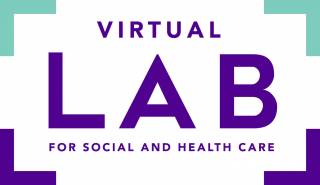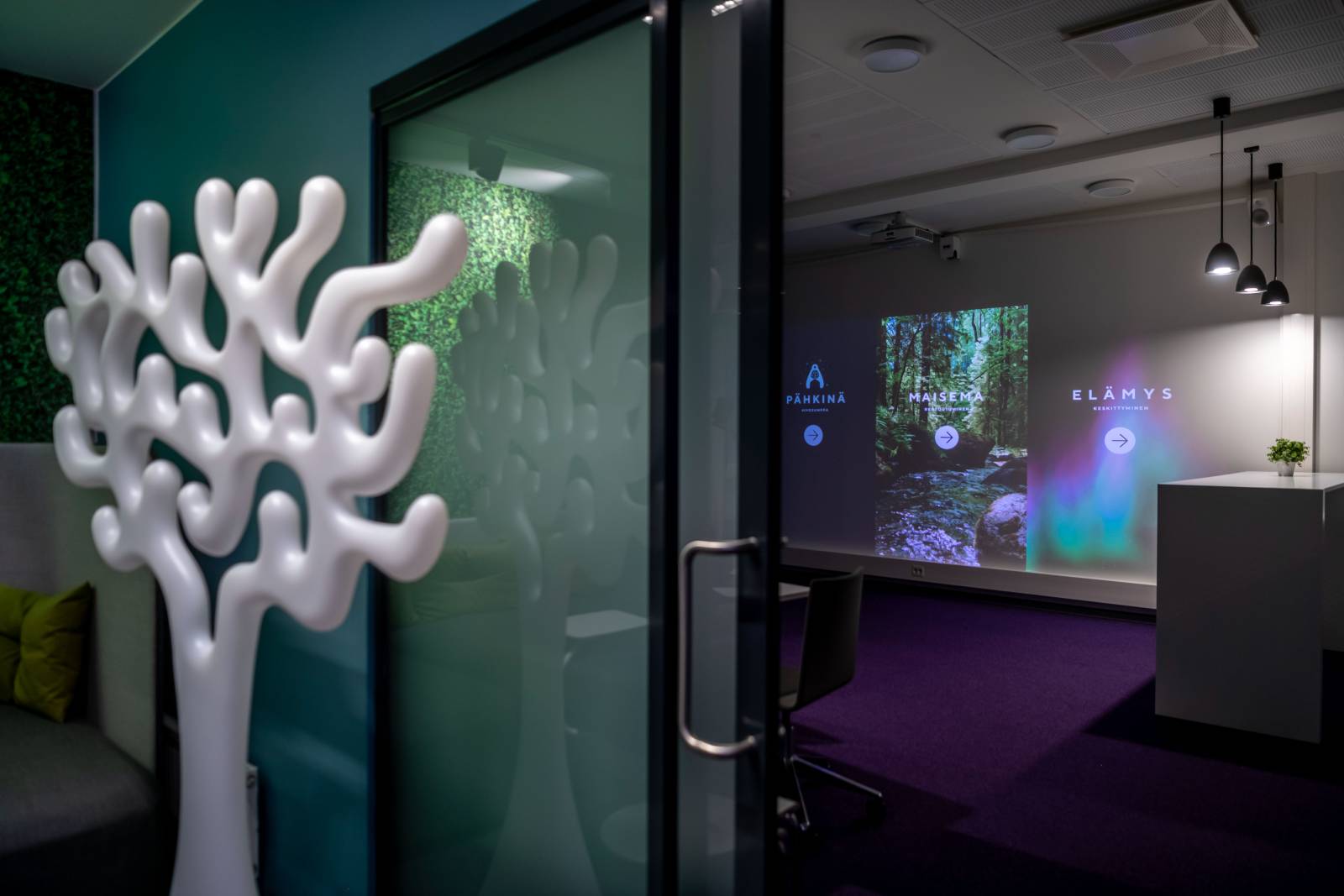The possibilities of technology are increasingly being utilized in healthcare. Consequently, the opportunities for technology in rehabilitation are also becoming more common. In the physiotherapy degree program, we explore the technology used in rehabilitation. Technology is used in physiotherapy to support the client’s goals as part of immediate physiotherapy and through remote connections, known as tele-physiotherapy (Suomen Fysioterapeutit). However, I feel that we delve into the subject quite superficially and could make broader use of various opportunities in school.
What is Sote Virtual Lab?
Tampere University of Applied Sciences has a learning and development environment called Sote Virtual Lab, which contains various technological tools and devices used in social and healthcare. However, at least for me, the equipment in Sote Virtual Lab is quite unfamiliar. During the training, there is a visit, but there is not enough time to get to know all the devices, let alone try them out.
I explored the possibilities of Sote Virtual Lab more deeply as part of my internship. My intention was to familiarize myself with different devices and consider how they could be utilized in physiotherapy and how the physiotherapy degree program could better collaborate with Sote Virtual Lab.
Students´ perspective
I conducted a survey among my classmates. I investigated their opinions on how technology is considered in the physiotherapy degree program and whether they are aware of the possibilities of Sote Virtual Lab. The survey shows that the topic divides opinions. Some feel that technology is well considered, while others think it is superficial or poorly addressed.
Almost all respondents had visited Sote Virtual Lab. Most of the respondents knew at least one device from Sote Virtual Lab, but they did not mention them in the list where they described what kind of technology they know how to use. I think it is a waste that we have various technological devices at our school that we could use in physiotherapy, but we have not been able to learn how to use them. The more we learn to use different devices, the better it is for our future careers.
How could collaboration with Sote Virtual Lab be improved?
The physiotherapy degree program could better utilize the opportunities offered by Sote Virtual Lab. Lessons, such as tutor sessions and practice classes, could be organized in the Lab’s facilities. In these classes, we could practice using the devices ourselves as well as instructing their use. Additionally, we could consider, for example, through various case studies, which patient groups and for what purposes the devices could be suitable in physiotherapy. This way, students would gain experience with the devices, and it would be easier to use them in working life. They could also recommend the acquisition of devices to employers, for example, when working in occupational health.
Students have been informed about borrowing Sote Virtual Lab’s devices and the possibility to explore them independently. Perhaps these opportunities should be reminded more often. Non-medical devices can be borrowed, for example, for seminars or practice classes. Pikku Kelo would be a great addition to relaxation exercises, or the Somnox sleep robot for breathing awareness and relaxation. It is possible to inquire about using Sote Virtual Lab’s facilities for personal exploration and trial use via email to Marjo Tienari. The Lab has, among other things, virtual glasses, which have been discussed during my study years, but practical experience is lacking. By reserving the space and ensuring that the glasses are there, one can try out how it feels to use them. It is also possible to deepen one’s knowledge by doing a thesis on some technology and its use.
In the survey I conducted, students generally felt that there could be more collaboration with Sote Virtual Lab. Teachers also think the idea is good. The previously mentioned options for implementing collaboration also interested students. Collaboration would bring diversity to both lessons and students’ toolkits.
Written by Saija Mannila
Text translated using AI. Text reviewed by Marjo Tienari


